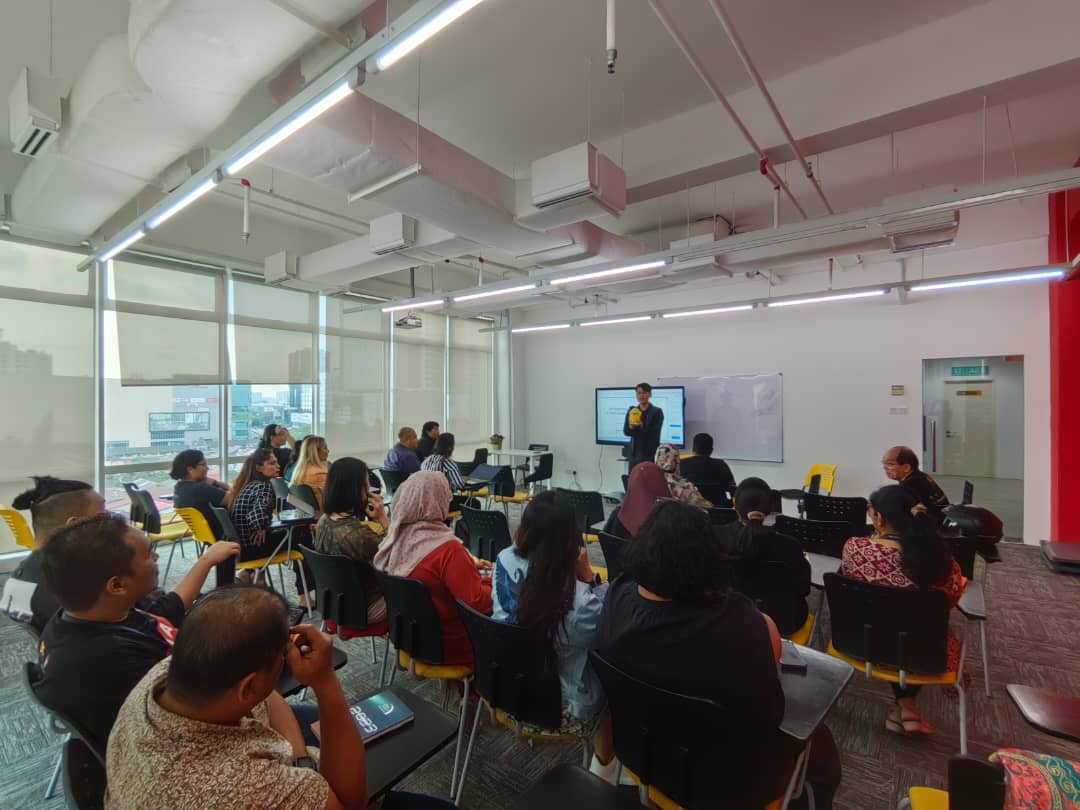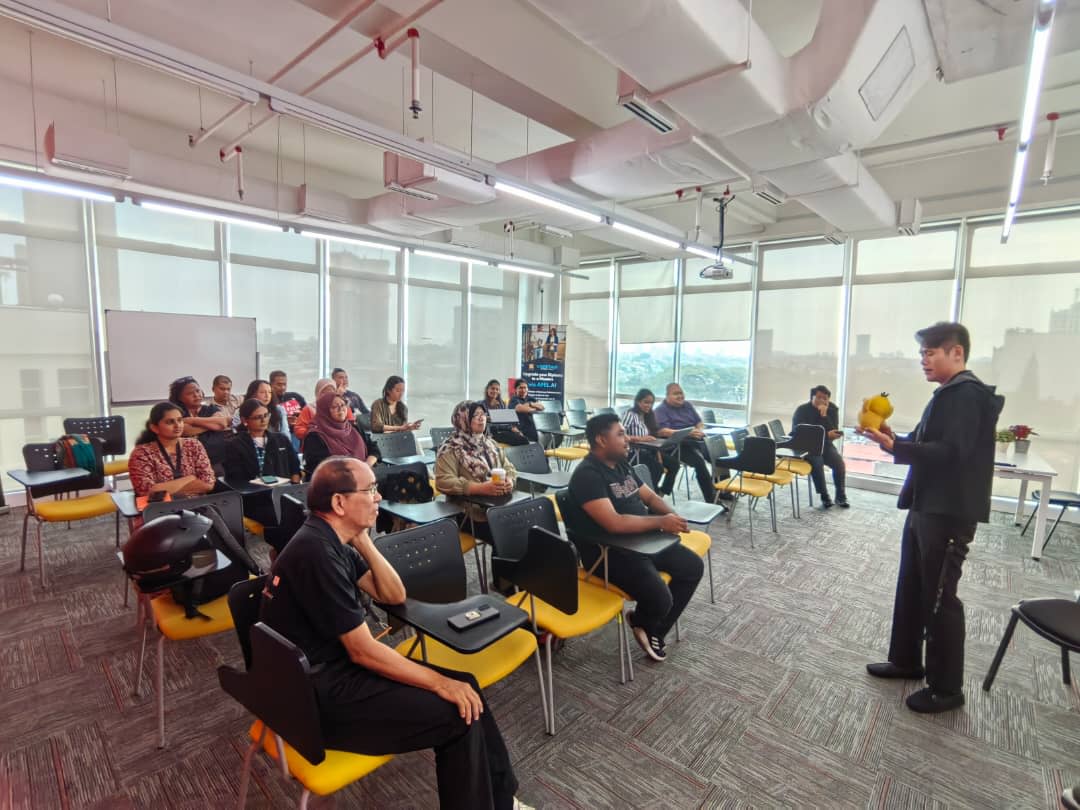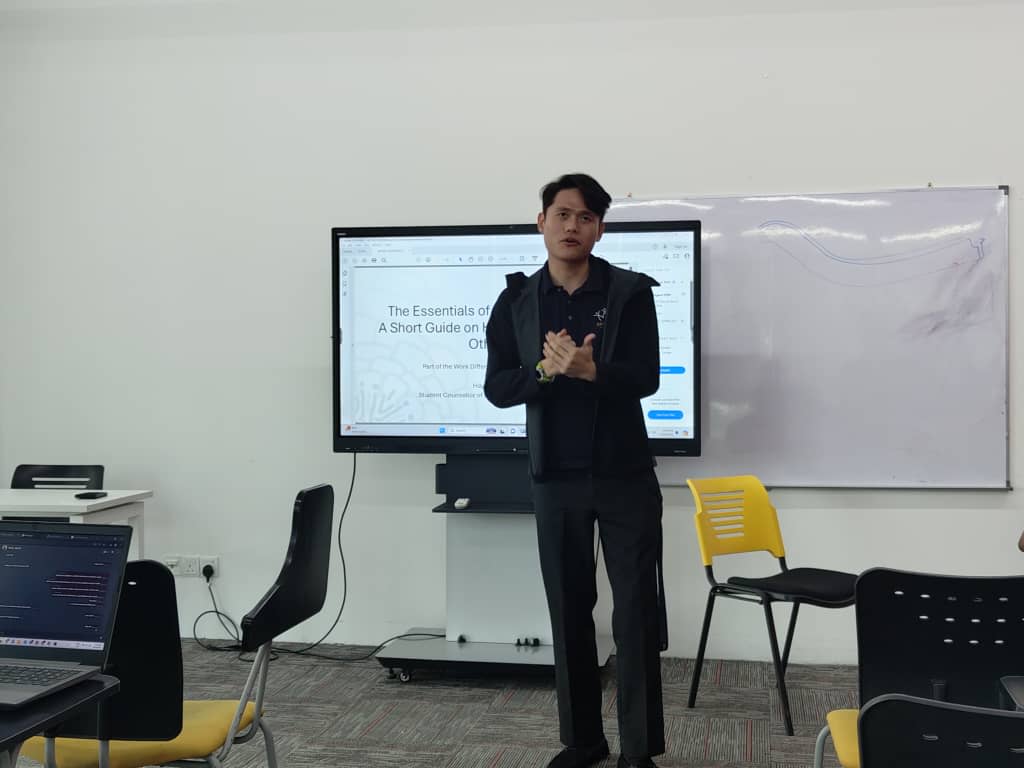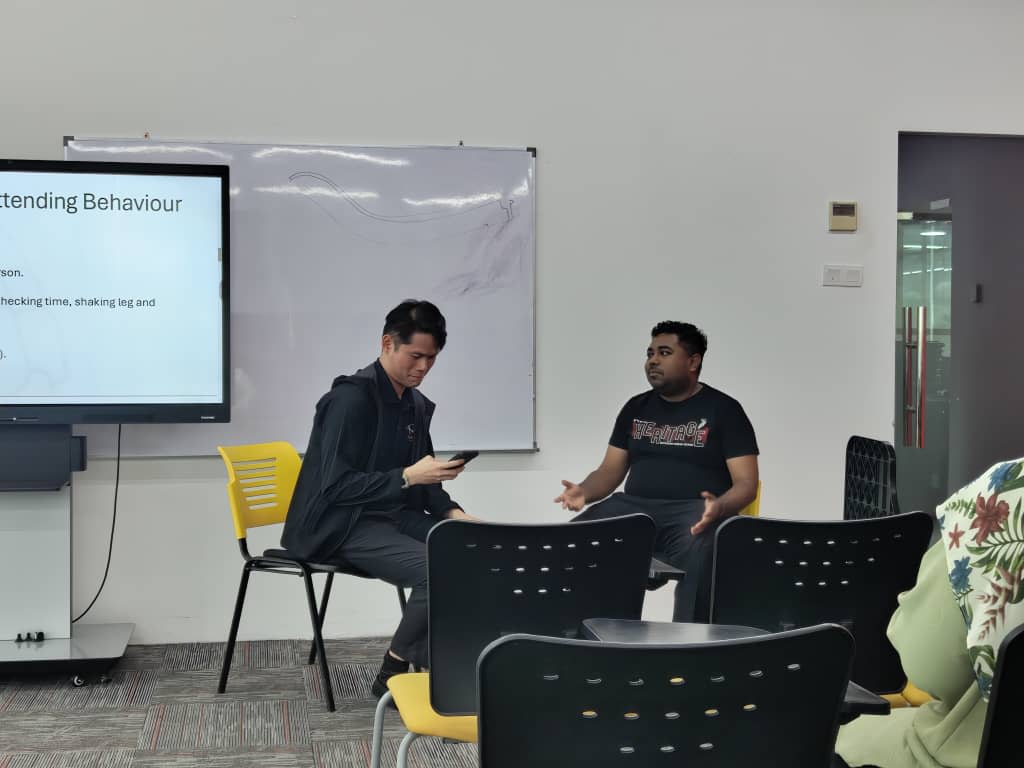Work Different: The Power of Active Listening in a Noisy World

In today’s fast-paced, hyper-connected environment, we often hear, but don’t really listen. Whether you're trying to lead a team, support a friend or strengthen a relationship, mastering the art of active listening is one of the most powerful skills you can develop. As outlined in The Essentials of Active Listening, part of the “Work Different” series by the GHED and presented by Hayden Chiew Chin Kent, a licensed student counsellor with the BAC Education Group, active listening isn't just about hearing. It's about being truly present for someone else.
Why Active Listening Matters
Active listening plays a crucial role in both our professional and personal lives.
In the workplace, it’s essential for implementing DEIB (Diversity, Equity, Inclusion and Belonging), ESG (Environmental, Social and Governance) and promoting civility. It also fosters psychological safety and team engagement, two vital ingredients for innovation and productivity.
In our personal lives, active listening helps build stronger relationships, reduces conflict and allows you to offer support without overstepping or alienating others. At its core, listening well shows that you care.
The Building Blocks: Attending Behaviour
Hayden introduces the “3 V’s + 1 B” of attending behaviour, which help show that you’re genuinely engaged:
- Verbal Tracking: Listen for key content, tone and underlying emotion.
- Visual: Maintain appropriate eye contact—avoid staring, but don’t look away either.
- Vocal Qualities: Match your tone, pitch and pace to the emotional weight of the conversation.
- Body Language: Lean in slightly, nod occasionally and avoid closed postures.
- To make this easier to remember and apply, use the SOLER technique:
• S: Sit squarely and appropriately.
• O: Maintain open posture.
• L: Lean slightly forward.
• E: Establish eye contact.
• R: Keep a relaxed stance.
What Not to Do
Even well-meaning people can sabotage a conversation unintentionally. Avoid these common mistakes:
- Multitasking (yes, checking your phone counts).
- Talking more than you listen.
- Giving advice too soon.
- Interrupting or correcting.
- Using closed-off body language (crossed arms, turned body).
- Faking interest—people can tell.
Practical Listening Tips
Being a good listener is deceptively simple, but it takes conscious effort. Here are five foundational tips:
1. Listen With Acceptance
Respect what’s being said, even if you don’t agree. Avoid judging, giving premature advice or trying to comfort too quickly. Acceptance does not mean approval, but it builds trust.
2. Be Present
Allocate dedicated time to listen. Silence your notifications, pick a distraction-free environment and focus fully on the speaker.
3. Encourage Them to Speak
Use supportive sounds like “mhmm” or “uh-huh,” nod occasionally and ask open-ended questions that start with “what,” “how,” or “when.” Highlight key points they share to show you’re tracking.
4. Show Understanding
Paraphrase what you heard. Try, “So what I’m hearing is…” or “It sounds like you’re saying…” Then check: “Did I get that right?”
5. Listen With Empathy
Empathy is not about fixing the problem—it’s about understanding the feeling. Say things like: “That must be really tough,” or “I would feel the same way if I were in your shoes.”
Reading Between the Lines: Observation Skills
Listening goes beyond words. Observe:
- Physical cues: Posture, facial expressions, tension.
- Verbal tone: Pitch, pace, emotional congruence.
- Cognitive patterns: Repeated themes or unusual thoughts.
- Emotional shifts: Sudden changes in mood or intensity.
Often, what’s not said tells you more than what is.
The Active Listening Cheat Sheet
- To recap the essentials:
- Accept without judgment.
- Be fully present.
- Use encouraging responses.
- Validate emotions with empathy.
- Show understanding through paraphrasing.
Use the 3 V’s + 1 B, SOLER and observation skills. Just as importantly, avoid multitasking, interrupting, imposing your views or pretending to listen.
Active listening isn't just a soft skill, it’s a life skill. As Hayden reminds us, being there for someone doesn't mean fixing their problem. Sometimes, just listening is enough.
Like any other skill, it takes practice. So the next time someone needs to talk - pause, tune in and just listen.



